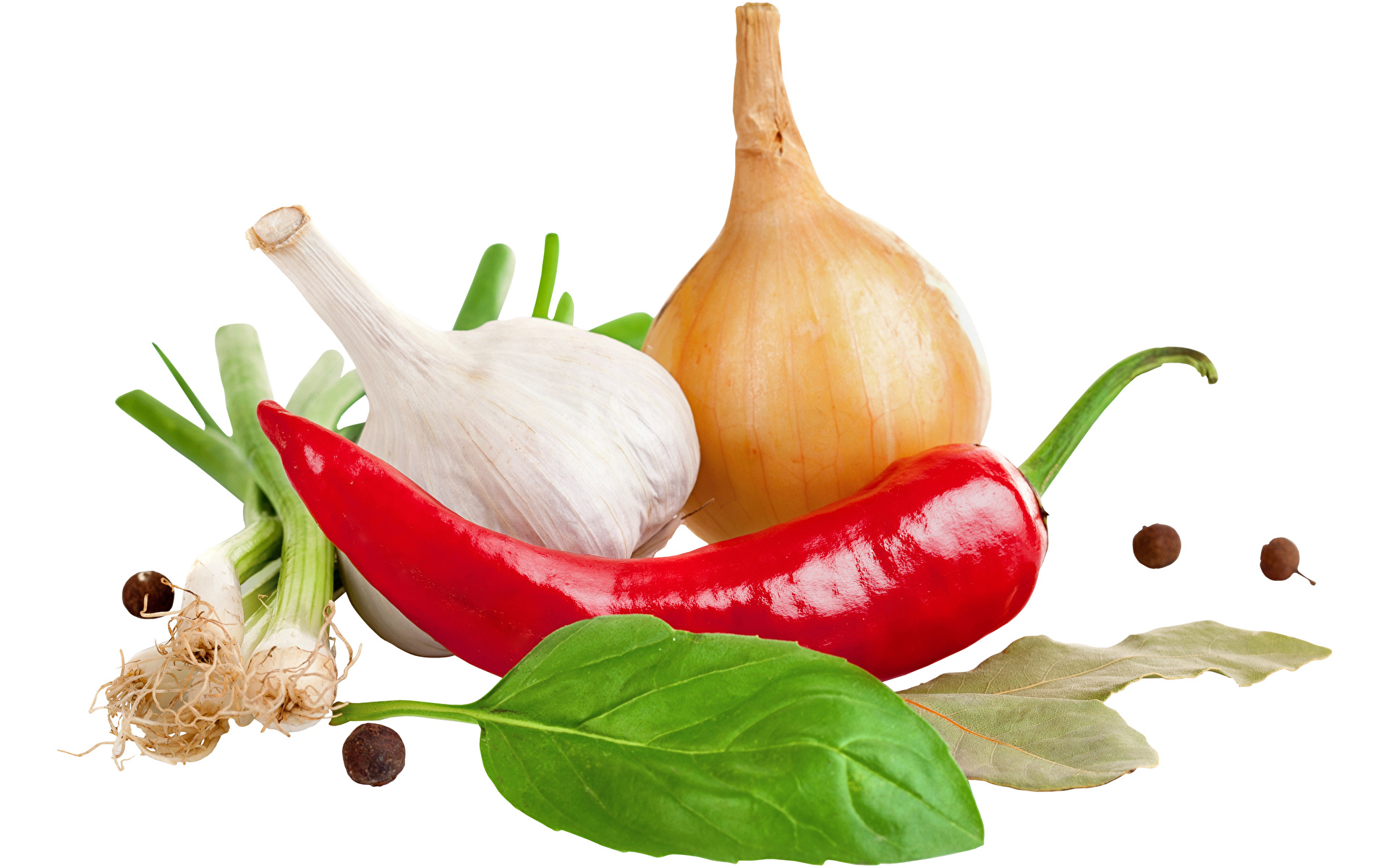The flavor profile of chili is a complex and dynamic combination of various elements that come together to create a truly delicious and satisfying experience. At its core, chili is known for its rich and robust taste, often characterized by a delightful balance of heat, sweetness, and savory notes.
The primary source of heat in chili comes from chili peppers, which can vary in intensity, ranging from mild to extremely spicy. These peppers contribute a distinctive spiciness that can be tempered or enhanced depending on personal preference.
In addition to the heat, chili often incorporates a range of aromatic spices such as cumin, paprika, oregano, and garlic, which add layers of depth and complexity to the flavor profile. These spices provide earthy, smoky, and slightly sweet undertones that complement the chili peppers.
To balance out the heat and spices, chili typically includes ingredients like tomatoes, onions, and bell peppers, which provide a hint of sweetness and acidity. These ingredients also contribute to the overall texture of the dish, creating a harmonious blend of flavors.
Overall, the flavor profile of chili is a harmonious symphony of heat, spice, sweetness, and savory notes, making it a beloved and versatile dish enjoyed by many.
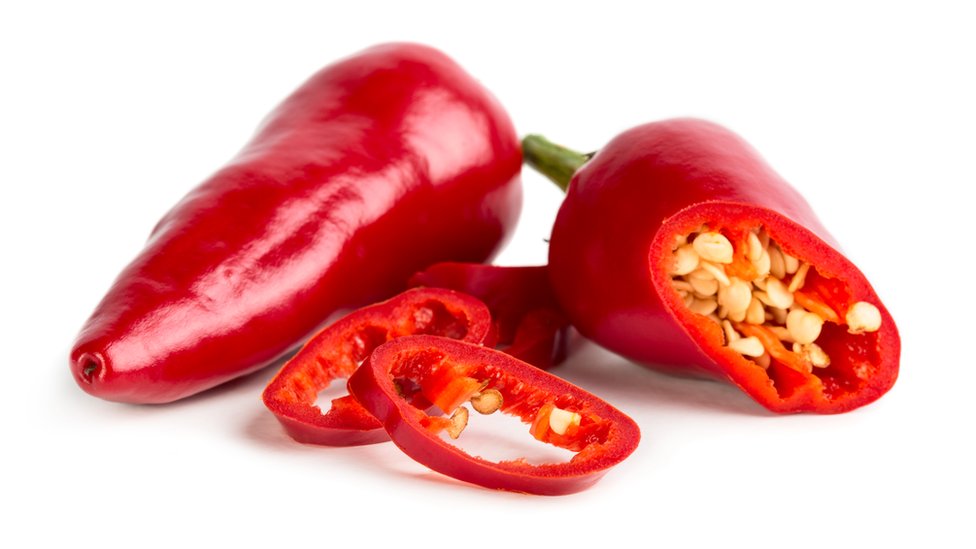
The Magic of Pairing Vegetables and Chili
Pairing vegetables with chili can elevate the dish to new heights by adding freshness, texture, and a variety of flavors. When it comes to vegetable pairing principles, there are several key factors to consider, including taste, texture, color, and nutritional value. Here’s an overview of some vegetable pairing principles:
Taste: Seek vegetables that complement the flavors of chili. For example, sweet vegetables like corn or bell peppers can balance the spiciness, while earthy vegetables like mushrooms or root vegetables can add depth.
Texture: Aim for a mix of textures to create a dynamic mouthfeel. Crisp vegetables like onions or celery can provide a satisfying crunch, while soft vegetables like zucchini or eggplant can add a velvety texture.
Color: Incorporating a variety of vibrant colors not only makes the dish visually appealing but also indicates a diverse range of nutrients. Consider using colorful vegetables like tomatoes, carrots, or spinach to enhance the overall presentation.
Nutritional Value: Choose vegetables that contribute to a well-rounded and nutritious meal. Leafy greens like kale or spinach are packed with vitamins and minerals, while legumes like black beans or chickpeas add protein and fiber.
Remember that personal preference plays a significant role in vegetable pairings. Experiment with different combinations and adjust the quantities to suit your taste. Ultimately, the magic of pairing vegetables and chili lies in creating a harmonious balance of flavors, textures, and visual appeal that enhances the overall dining experience.
List of Vegetables That Pair Well With Chili Comprehensive
Here is a comprehensive list of vegetables that pair well with chili:
| Vegetable | Flavor Profile/Role in Pairing |
|---|---|
| Bell Peppers | Adds sweetness and crunch |
| Onions | Provides depth and savory flavor |
| Tomatoes | Adds acidity and a burst of freshness |
| Corn | Offers sweetness and a slight crunch |
| Beans (black, pinto) | Adds creaminess and protein |
| Jalapenos | Adds heat and a distinct pepper flavor |
| Garlic | Enhances the overall savory profile |
| Zucchini | Provides a soft texture and mild flavor |
| Mushrooms | Adds an earthy and meaty quality |
| Carrots | Adds a touch of sweetness and vibrant color |
| Celery | Provides crunch and a mild, refreshing taste |
| Spinach | Adds a pop of green color and a hint of bitterness |
| Kale | Offers a robust texture and earthy flavor |
| Eggplant | Provides a creamy texture and mild taste |
| Sweet Potatoes | Adds sweetness and a soft, creamy texture |
| Cabbage | Offers a crisp texture and subtle flavor |
| Butternut Squash | Adds sweetness and a velvety texture |
| Green Chilies | Adds heat and a distinct flavor |
| Radishes | Provides a peppery crunch and a touch of spiciness |
| Cilantro | Adds freshness and a bright herbal note |
Remember, this list is not exhaustive, and you can experiment with different vegetables to find your preferred combinations.
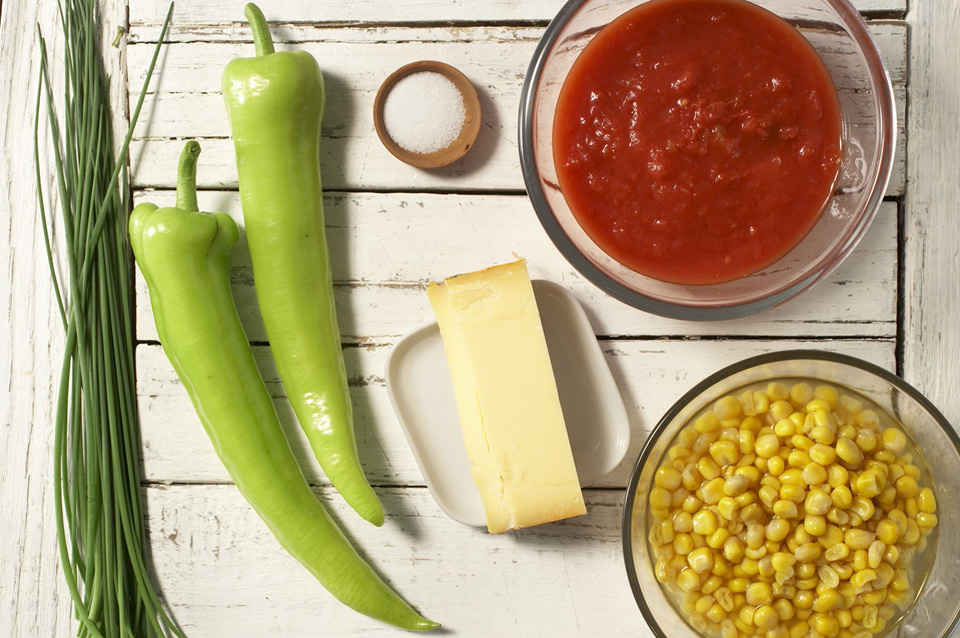
The Sweetness of Corn With Chili
The sweetness of corn pairs exceptionally well with chili, creating a delightful balance of flavors in the dish. Corn adds a natural sweetness that contrasts beautifully with the spiciness and savory elements of the chili.
When corn is incorporated into chili, it not only contributes its inherent sweetness but also provides a pleasant crunch and texture. The kernels retain their firmness even after cooking, adding a satisfying bite to each spoonful.
The sweetness of corn can help temper the heat of the chili, providing a refreshing and cooling effect. It adds a touch of natural sweetness that complements the complex flavors of the chili, creating a harmonious blend.
Furthermore, the vibrant yellow color of corn adds visual appeal to the dish, making it more visually enticing. The combination of the sweet corn, spicy chili, and other savory ingredients creates a well-rounded flavor profile that is both comforting and exciting.
Whether it’s fresh corn kernels or canned corn, adding this sweet and crunchy vegetable to chili enhances the overall taste experience and is sure to be a crowd-pleaser.
The Crunch of Bell Peppers
The crunch of bell peppers is a fantastic addition to chili, bringing a delightful textural contrast to the dish. Bell peppers are known for their crispness, which adds a satisfying crunch that complements the heartiness of chili.
When bell peppers are incorporated into chili, they provide a refreshing and vibrant element. The crisp texture of the peppers remains intact even after cooking, offering a pleasant crunch with every bite.
In addition to their crunch, bell peppers contribute a subtly sweet and slightly tangy flavor to the chili. This flavor profile complements the robustness of the chili, adding a touch of brightness to the overall taste.
The colorful appearance of bell peppers also enhances the visual appeal of the dish, making it more appetizing and visually enticing.
Whether you prefer green, red, yellow, or orange bell peppers, their crunchiness adds an enjoyable texture that elevates the chili eating experience. It’s a wonderful way to incorporate freshness and a satisfying crunch into your chili recipe.
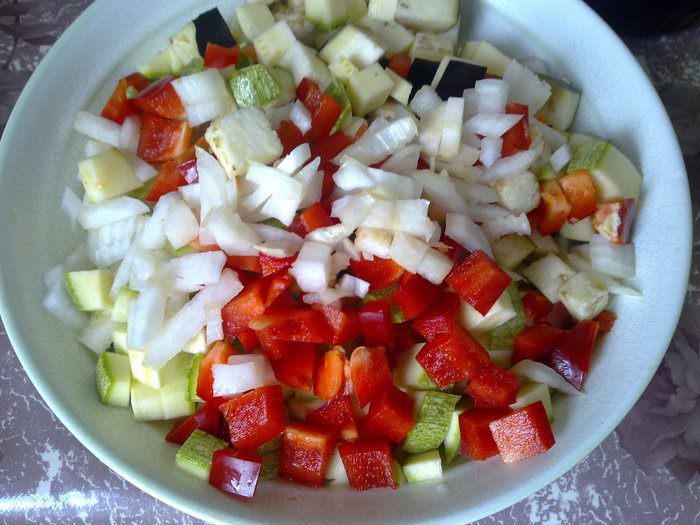
Onions: A Universal Pairing
Onions are a universal pairing that complements chili exceptionally well, adding depth and flavor complexity to the dish. Their versatility makes them a staple ingredient in many culinary traditions and cuisines.
When onions are added to chili, they contribute a savory and slightly sweet taste. They possess a unique ability to enhance the flavors of other ingredients, acting as a flavor enhancer and providing a solid foundation for the overall taste profile.
Onions also add texture to chili, providing a pleasant crunch when cooked partially or a soft and melt-in-your-mouth texture when caramelized.
Furthermore, onions bring aromatic qualities to the dish, releasing their enticing fragrance as they cook. This aroma enhances the sensory experience and builds anticipation for the flavors to come.
Whether they’re sautéed, caramelized, or added raw for a bit of crunch, onions add a fundamental layer of flavor and texture to chili, making them an essential and universal pairing that complements a wide range of chili recipes.

The Subtle Flavor of Zucchini
The subtle flavor of zucchini can be a delightful addition to chili, providing a gentle and delicate taste to the overall dish. Zucchini’s mild flavor allows it to blend harmoniously with the other ingredients, complementing and enhancing the existing flavors without overpowering them.
When cooked in chili, zucchini retains its firmness while becoming tender, adding a pleasant texture to each spoonful. It offers a subtle crunch that provides a refreshing contrast to the heartiness of the chili.
Zucchini’s subtle flavor profile allows the other ingredients, such as the spices and peppers, to shine. It acts as a canvas, absorbing the flavors of the chili and infusing a hint of its own gentle taste.
Additionally, zucchini brings a touch of freshness and lightness to the dish. Its green color adds visual appeal, contributing to the vibrant and appetizing presentation of the chili.
Whether sliced, diced, or added in chunks, zucchini can bring a subtle yet pleasing flavor to chili, making it a versatile vegetable choice for those seeking a milder addition to their chili recipes.
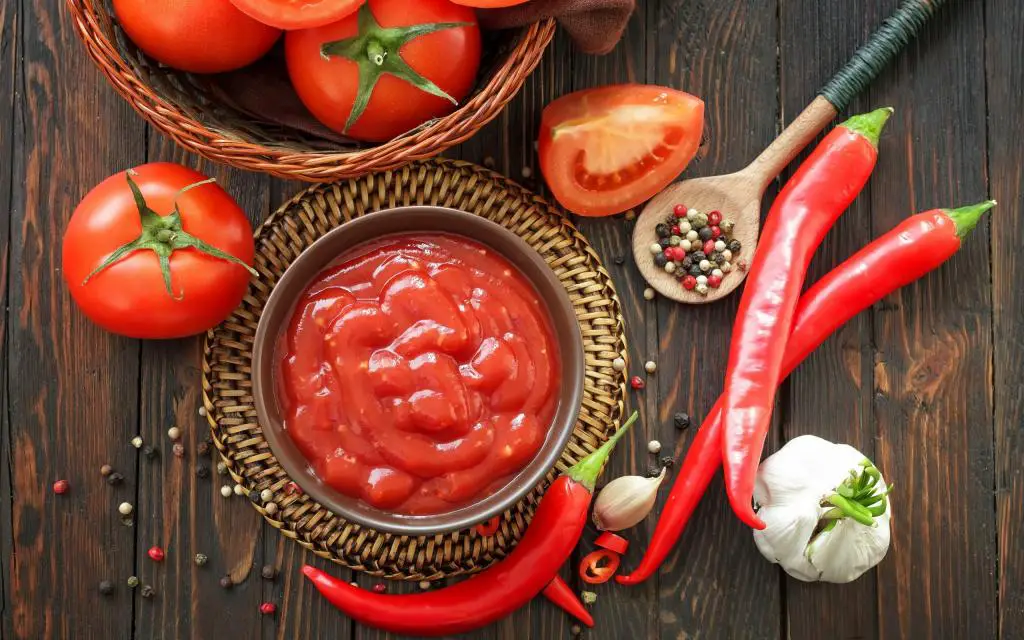
Tomatoes: A Classic Companion
Tomatoes are a classic companion to chili, known for their ability to enhance and balance the flavors of the dish. Their inclusion in chili brings a burst of acidity, sweetness, and juiciness that adds depth and richness to the overall flavor profile.
When tomatoes are incorporated into chili, they provide a tangy and slightly sweet taste that complements the spiciness and savory elements. They contribute a vibrant and refreshing note, cutting through the richness and adding a delightful contrast.
Tomatoes also add a luscious texture to chili, as they break down and release their juices during cooking. This creates a thick and hearty base, enhancing the overall mouthfeel and making the chili more satisfying.
Furthermore, tomatoes contribute a vibrant red color to the dish, enhancing its visual appeal and making it more appetizing.
Whether fresh tomatoes, canned diced tomatoes, or tomato paste, the classic combination of tomatoes and chili is a time-tested pairing that brings a well-rounded and balanced flavor profile to this beloved dish.

The Unexpected Pairing: Carrots
While carrots may not be the most traditional ingredient in chili, their addition can create an unexpected and delightful pairing. Carrots bring a touch of sweetness, vibrant color, and a unique texture to the dish.
When cooked in chili, carrots contribute a subtle sweetness that helps balance the spiciness and adds a pleasing contrast to the savory flavors. The natural sugars in carrots are released during cooking, infusing the chili with a hint of natural sweetness.
In terms of texture, carrots provide a satisfying crunch when diced or sliced, and they become tender yet retain a slight firmness when cooked. This adds a pleasant textural element to each bite of chili.
Additionally, carrots bring a pop of vibrant orange color to the dish, enhancing its visual appeal and making it more visually enticing.
The unexpected pairing of carrots with chili adds a touch of freshness, sweetness, and texture, transforming the dish into a unique and flavorful culinary experience. It’s an excellent way to introduce a surprising twist to your chili recipe.
Preparing Vegetables to Pair with Chili
Preparing vegetables to pair with chili involves a few key steps to ensure they enhance the overall flavor and texture of the dish. Here are some guidelines for preparing vegetables to pair well with chili:
Washing and Cleaning: Start by washing the vegetables thoroughly under running water to remove any dirt or impurities. Trim off the ends and discard any damaged or wilted parts.
Chopping and Dicing: Depending on your preference and the desired texture, chop or dice the vegetables into uniform sizes. For example, bell peppers can be cut into strips or diced into small cubes, while onions can be finely chopped or sliced.
Sautéing or Roasting: Many vegetables benefit from a brief sauté or roast before adding them to the chili. This step helps enhance their flavors and adds depth to the overall dish. Heat a little oil in a pan and sauté the vegetables until they are slightly softened and start to caramelize. Alternatively, toss the vegetables in oil, sprinkle with seasoning, and roast in the oven until they develop a slight char.
Simmering: If you prefer your vegetables to be softer and more integrated into the chili, you can add them directly to the pot and allow them to simmer along with the other ingredients. This method infuses the vegetables with the flavors of the chili and creates a harmonious blend.
Adjusting Cooking Time: Consider the cooking time of each vegetable and add them to the chili accordingly. Some vegetables, like zucchini or spinach, require less cooking time to retain their texture and freshness, while others, like carrots or sweet potatoes, benefit from longer cooking to soften and develop their flavors.
Remember, the preparation method can vary depending on personal preference and the specific chili recipe you are using. Feel free to experiment and adjust the techniques to achieve the desired taste and texture for your vegetable-chili pairing.
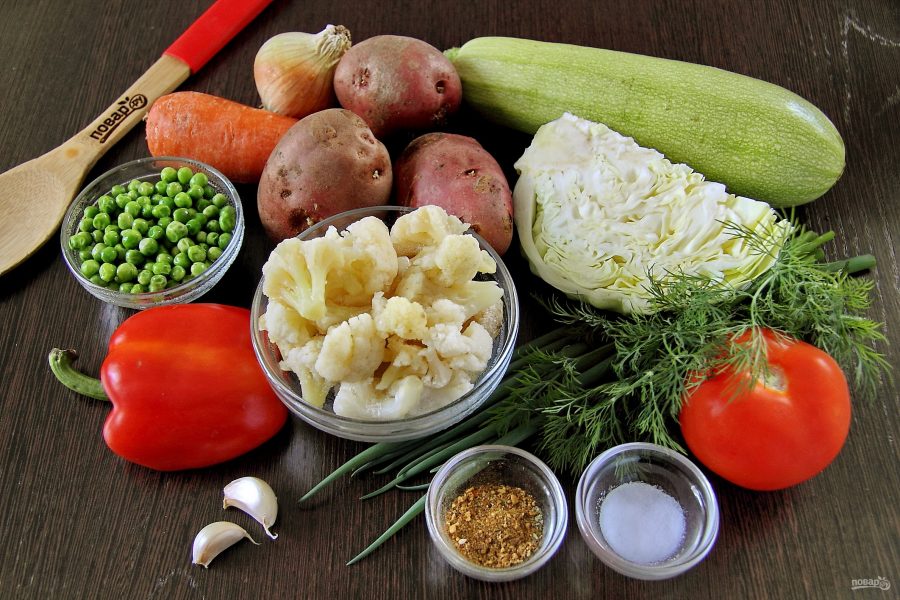
Vegetable and Chili Recipes
Here is a collection of vegetable and chili recipes that you can try:
| Recipe | Description |
|---|---|
| Vegetarian Black Bean Chili | A hearty chili made with black beans, diced tomatoes, bell peppers, onions, and a blend of spices. |
| Spicy Roasted Vegetable Chili | A flavorful chili featuring roasted vegetables such as zucchini, bell peppers, onions, and carrots, seasoned with spices and chili peppers. |
| Butternut Squash and Lentil Chili | A comforting chili made with butternut squash, lentils, onions, garlic, and a combination of chili spices, creating a rich and satisfying dish. |
| Sweet Potato and Black Bean Chili | A nutritious and sweet-spicy chili made with sweet potatoes, black beans, tomatoes, onions, and a medley of spices. |
| Mushroom and Pinto Bean Chili | A hearty chili featuring mushrooms, pinto beans, bell peppers, onions, garlic, and a blend of spices for a savory and earthy flavor. |
| Chipotle Chickpea Chili | A smoky and spicy chili made with chickpeas, chipotle peppers in adobo sauce, tomatoes, onions, and a mix of aromatic spices. |
| Mediterranean Veggie Chili | A unique twist on chili incorporating Mediterranean flavors with ingredients like eggplant, zucchini, tomatoes, olives, and herbs. |
| Corn and Green Chile Chili | A vibrant and mildly spicy chili with the sweetness of corn and the heat of green chilies, complemented by onions, garlic, and spices. |
| Kale and White Bean Chili | A healthy and nourishing chili featuring white beans, kale, tomatoes, onions, garlic, and a combination of herbs and spices. |
These recipes offer a variety of vegetable and chili combinations, catering to different tastes and dietary preferences. Feel free to explore and adapt them according to your liking, adding or substituting vegetables as desired. Enjoy the flavorful and comforting experience of vegetable and chili-based dishes!
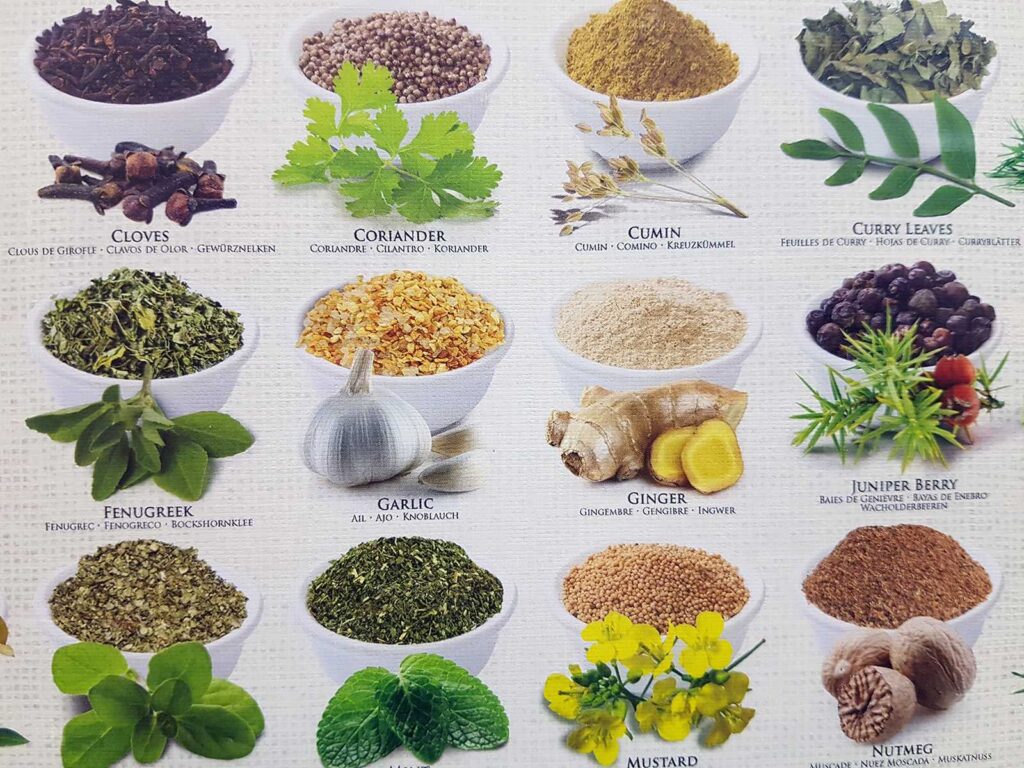
Balancing Spices with Vegetables
Balancing spices with vegetables is essential to create a harmonious and flavorful dish. Here are some tips for achieving a well-balanced combination:
Start with a gentle hand: When adding spices, begin with smaller amounts and gradually increase to taste. This allows you to gauge the impact of each spice and prevent overpowering the vegetables.
Consider the heat level: If you’re using spicy chili peppers or spices, take into account the heat tolerance of the vegetables. Some vegetables are more delicate and may be overwhelmed by excessive heat, so adjust the spice level accordingly.
Complement flavors: Choose spices that complement the natural flavors of the vegetables. For example, earthy vegetables like mushrooms pair well with herbs like thyme or rosemary, while sweet vegetables like carrots benefit from warm spices like cumin or paprika.
Taste and adjust: Throughout the cooking process, taste the dish and make adjustments as needed. This allows you to fine-tune the spice level and ensure that the flavors of the vegetables shine through.
Balance with other ingredients: Consider how other ingredients in the dish, such as tomatoes, onions, or beans, interact with the spices. These components can help balance and mellow the spice profile.
By keeping these principles in mind, you can create a well-balanced and flavorful dish where the spices complement and enhance the natural flavors of the vegetables.
How to Adjust Your Chili’s Heat Level
Adjusting the heat level of your chili allows you to tailor the spiciness to your personal preference. Here are some methods to help you achieve the desired heat level:
Reduce or increase the chili peppers: Chili peppers are the primary source of heat in chili. To decrease the heat, remove the seeds and membranes from the peppers before adding them to the dish. Alternatively, reduce the quantity of chili peppers used. For more heat, include hotter varieties or add additional peppers.
Control the amount of spice: Adjust the amount of ground spices, such as cayenne pepper, chili powder, or red pepper flakes, to regulate the heat level. Start with a small amount, taste, and gradually increase until you reach the desired spiciness.
Balance with other ingredients: Balance the heat of the chili by incorporating ingredients that help mellow the spiciness. Consider adding more tomatoes, bell peppers, or onions, which can provide a natural sweetness that counteracts the heat.
Use dairy or fats: Dairy products, such as sour cream or shredded cheese, can help temper the heat. Adding a dollop of sour cream or sprinkling cheese on top of the chili can provide a cooling effect. Fats, like avocado or olive oil, can also help alleviate spiciness.
Serve with accompaniments: Offer condiments or garnishes alongside the chili, such as lime wedges, chopped cilantro, or sliced jalapenos. This allows individuals to customize the heat level of their serving by adding or omitting these ingredients.
Remember, adjusting the heat level is a gradual process, and it’s best to make small changes and taste as you go. This way, you can achieve the perfect balance of spiciness that suits your preferences.
The Benefits of Incorporating More Vegetables in Chili
Incorporating more vegetables in chili provides numerous benefits, both in terms of flavor and nutrition:
Enhanced flavor profile: Vegetables bring a variety of flavors, textures, and colors to chili, adding depth and complexity to the overall taste. They contribute freshness, sweetness, and a pleasing crunch that complements the heartiness of the dish.
Increased nutritional value: Vegetables are rich in essential vitamins, minerals, and dietary fiber. By adding vegetables to chili, you boost its nutritional content, making it a more well-rounded and wholesome meal.
Added texture and visual appeal: Vegetables provide contrasting textures to the chili, such as crispness, tenderness, or creaminess, enhancing the overall eating experience. Additionally, the vibrant colors of vegetables add visual appeal, making the dish more visually enticing.
Improved satiety and balanced meal: Vegetables add bulk and fiber to chili, which increases satiety and helps create a more satisfying and balanced meal. They can also reduce the calorie density of the dish, allowing you to enjoy a larger portion without excessive calorie intake.
Incorporating more vegetables in chili not only elevates the flavor and nutritional value but also makes the dish more wholesome and visually appealing. It’s a win-win for taste and health!
Conclusion
Title: Enhancing Chili with Vegetables: A Flavorful and Nutritious Combination
| Section | Summary |
|---|---|
| Understanding the Flavor Profile of Chili | Chili’s flavor profile is a complex combination of heat, sweetness, and savory notes, contributed by chili peppers, spices, and other ingredients like tomatoes and onions. |
| The Magic of Pairing Vegetables and Chili | Pairing vegetables with chili adds freshness, texture, and a range of flavors. Principles include considering taste, texture, color, and nutritional value. |
| List of Vegetables That Pair Well With Chili | A comprehensive list of vegetables that complement chili, including bell peppers, onions, tomatoes, corn, beans, and more. |
| The Sweetness of Corn With Chili | Corn’s natural sweetness balances the heat in chili and provides a satisfying crunch and vibrant color to the dish. |
| The Crunch of Bell Peppers | Bell peppers’ crunchiness adds texture to chili and their sweet flavor complements the heartiness of the dish. |
| Onions: A Universal Pairing | Onions add depth, savory flavor, and aroma to chili, acting as a versatile and essential ingredient. |
| The Subtle Flavor of Zucchini | Zucchini’s subtle flavor provides a gentle taste and texture to chili, making it a versatile vegetable choice. |
| Tomatoes: A Classic Companion | Tomatoes contribute acidity, sweetness, juiciness, and color to chili, enhancing the overall flavor and visual appeal. |
| The Unexpected Pairing: Carrots | Carrots’ sweetness, vibrant color, and texture bring an unexpected twist to chili, adding freshness and a satisfying crunch. |
| Preparing Vegetables to Pair with Chili | Guidelines for washing, chopping, sautéing, roasting, and simmering vegetables to enhance their flavor and texture in chili. |
| Vegetable and Chili Recipes | A diverse collection of vegetable and chili recipes, incorporating various vegetables, spices, and flavors for a range of culinary preferences. |
| Balancing Spices with Vegetables | Tips for achieving a well-balanced combination of spices and vegetables, considering heat levels and complementary flavors. |
| How to Adjust Your Chili’s Heat Level | Methods for increasing or decreasing the spiciness of chili, including altering chili peppers, adjusting spice quantities, and balancing with other ingredients. |
| The Benefits of Incorporating More Vegetables in Chili | Highlighting the flavor enhancement, nutritional value, texture, and visual appeal provided by incorporating vegetables in chili. |
Incorporating vegetables in chili offers a myriad of advantages, enhancing both the taste and nutritional content of the dish. By understanding flavor profiles, pairing principles, and adjusting heat levels, one can create a personalized and satisfying chili experience. With the diverse range of vegetable options, recipes, and preparation techniques provided, individuals can explore and enjoy the endless possibilities of vegetable and chili combinations. So, embrace the magic of vegetables in chili and savor the delicious, nutritious, and flavorful results.
Frequently Asked Questions (FAQs)
Q1: What vegetables go well with chili? A1: Several vegetables pair well with chili, including bell peppers, onions, tomatoes, corn, beans (such as black or pinto), zucchini, mushrooms, carrots, and even leafy greens like spinach or kale. These vegetables add a range of flavors, textures, and colors to chili, enhancing its taste and visual appeal.
Q2: Can I add broccoli to chili? A2: While broccoli may not be a traditional choice for chili, you can certainly experiment with it. Keep in mind that broccoli has a strong flavor and firm texture. It’s best to chop it into small florets and add it closer to the end of the cooking process to retain some crunch. Adjust the seasoning accordingly to balance the flavors.
Q3: Are there any vegetables to avoid when making chili? A3: While chili is a versatile dish, there aren’t many vegetables to avoid. However, some vegetables with delicate flavors, like delicate leafy greens, may get overpowered or wilted during long cooking. It’s generally better to add them towards the end or opt for heartier greens like kale or collard greens.
Q4: Can I use frozen vegetables in chili? A4: Yes, frozen vegetables can be used in chili. They are a convenient option when fresh vegetables are not readily available. Just ensure they are properly thawed and drained before adding them to the chili. Keep in mind that frozen vegetables may have a slightly softer texture compared to fresh ones.
Q5: Can I mix different vegetables in my chili? A5: Absolutely! Mixing different vegetables in chili can add complexity and variety. Feel free to experiment with combinations like bell peppers, onions, and corn, or zucchini, mushrooms, and carrots. The key is to balance the flavors and textures while considering personal preferences.
